According to SEMI's latest forecast, worldwide fab equipment spending at front-end facilities is expected to grow by about 9% year over year to an all-time high of $99 billion in 2022.
“After achieving a record level in 2022, the global fab equipment market is projected to remain healthy next year driven by new fabs and upgrade activity,” said Ajit Manocha, SEMI President and CEO.

Fab Equipment Spending by Region
Taiwan region is expected to lead fab equipment spending in 2022, increasing investments 47% YOY to US$30 billion, followed by Korea at US$22.2 billion, a 5.5% decline, and Mainland China at US$22 billion, a 11.7% drop from its peak last year. Europe/Mideast this year is forecast to log record high spending of US$6.6 billion, a 141% YOY surge this year though outlays remain comparatively smaller than in other regions. Strong demand for high-performance computing (HPC) advanced technologies is driving the region’s jump in spending. The Americas and Southeast Asia are also expected to register record high investments in 2023.
In the report, SEMI noted that global capacity will grow by nearly 8% to 7.7% in 2022, following a 7.4% increase in 2021. The fab equipment industry last saw a YOY growth rate of 8% in 2010, when it topped 16 million wafers per month (200mm equivalents) – nearly half of the 29 million wafers per month (200mm equivalents) projected for 2023. Capacity growth is expected to continue in 2023, increasing 5.3%.
Capacity increases at 167 fabs and production lines will account for over 84% of equipment spending in 2022, a proportion expected to slip to 79% next year as 129 known fabs and lines add capacity.
As expected, the foundry sector, with a share of 53%, will represent the bulk of equipment spending in 2022 and 2023, followed by memory at 32% in 2022 and 33% in 2023. The two sectors also account for the largest capacity increases.

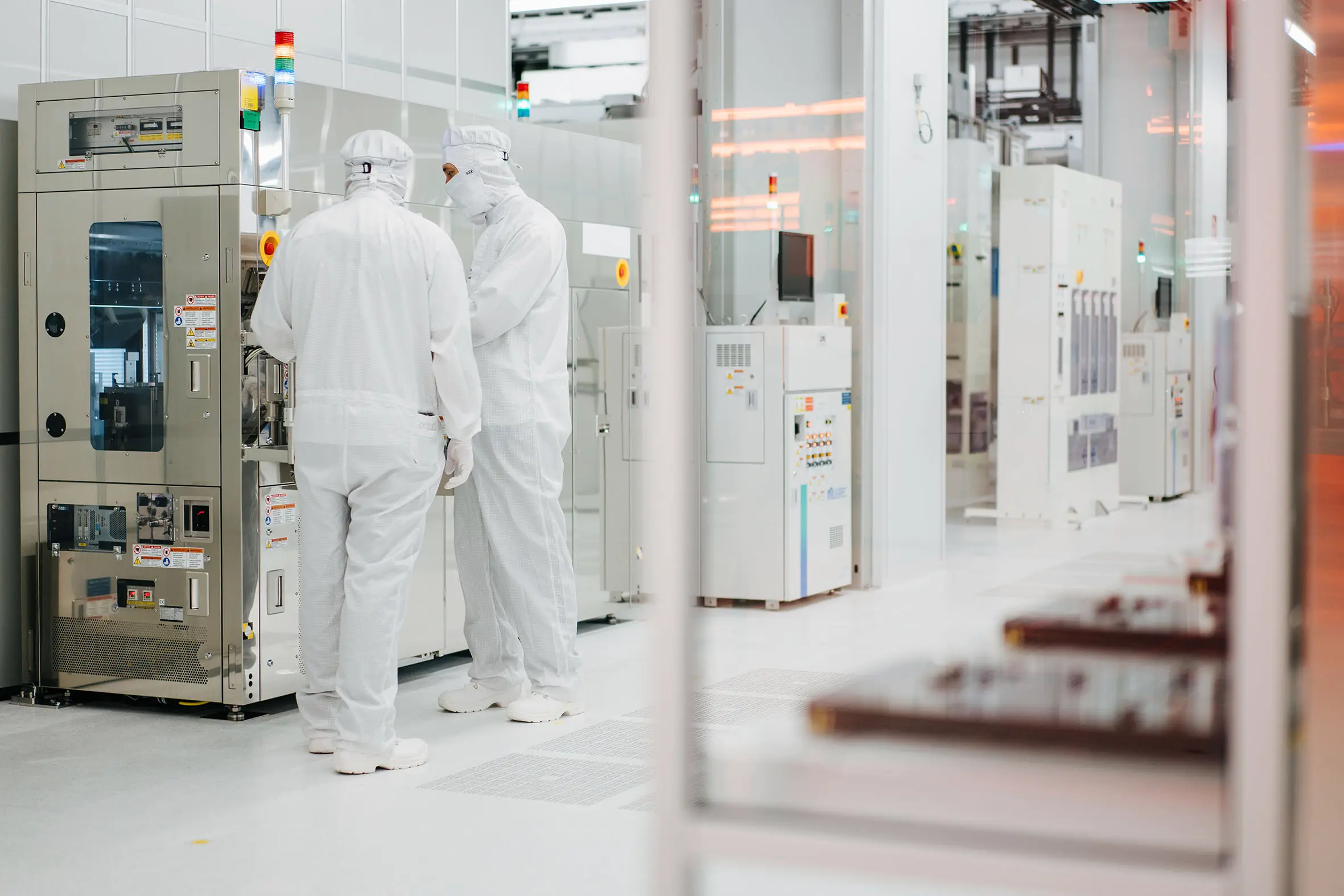

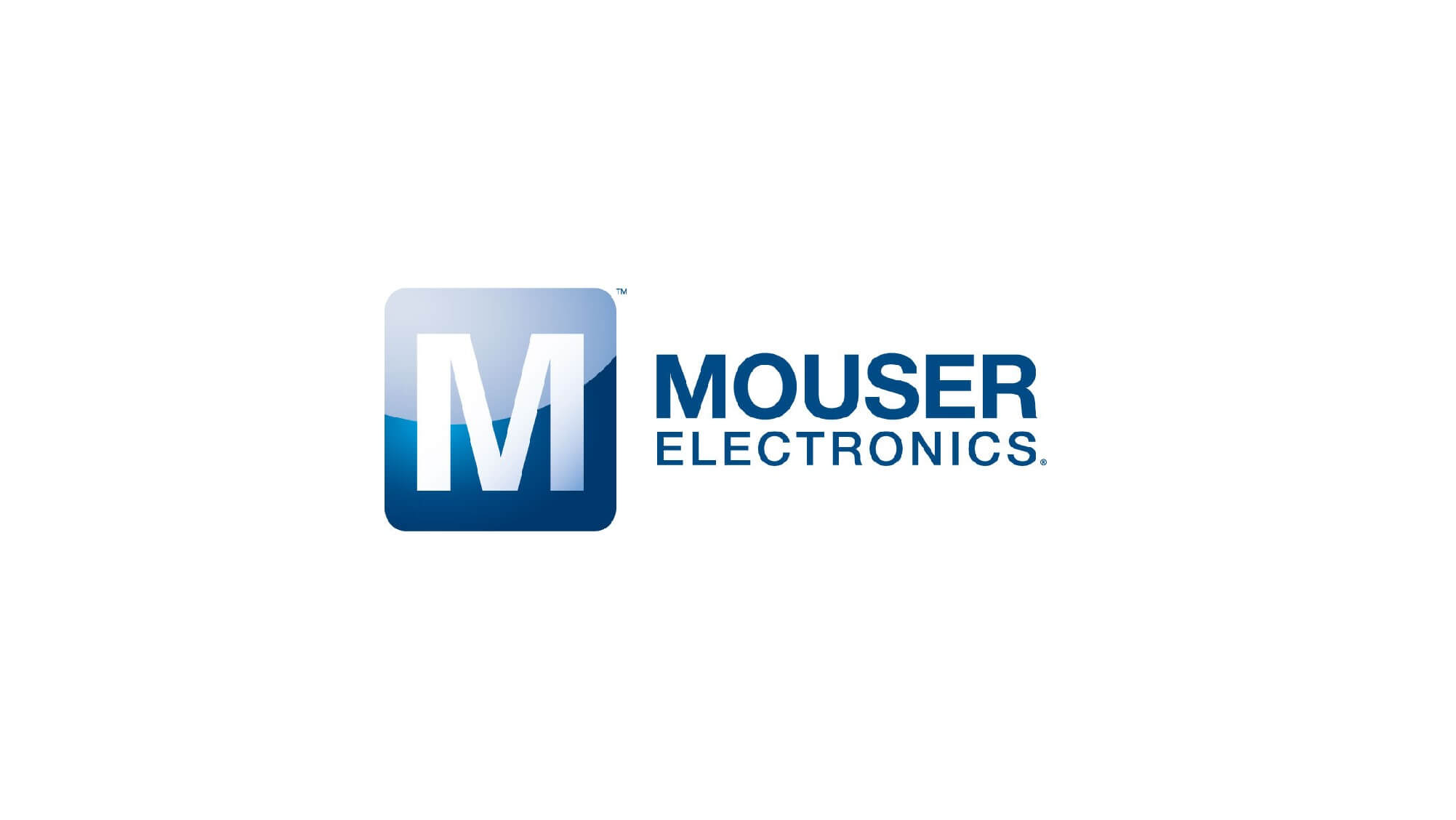



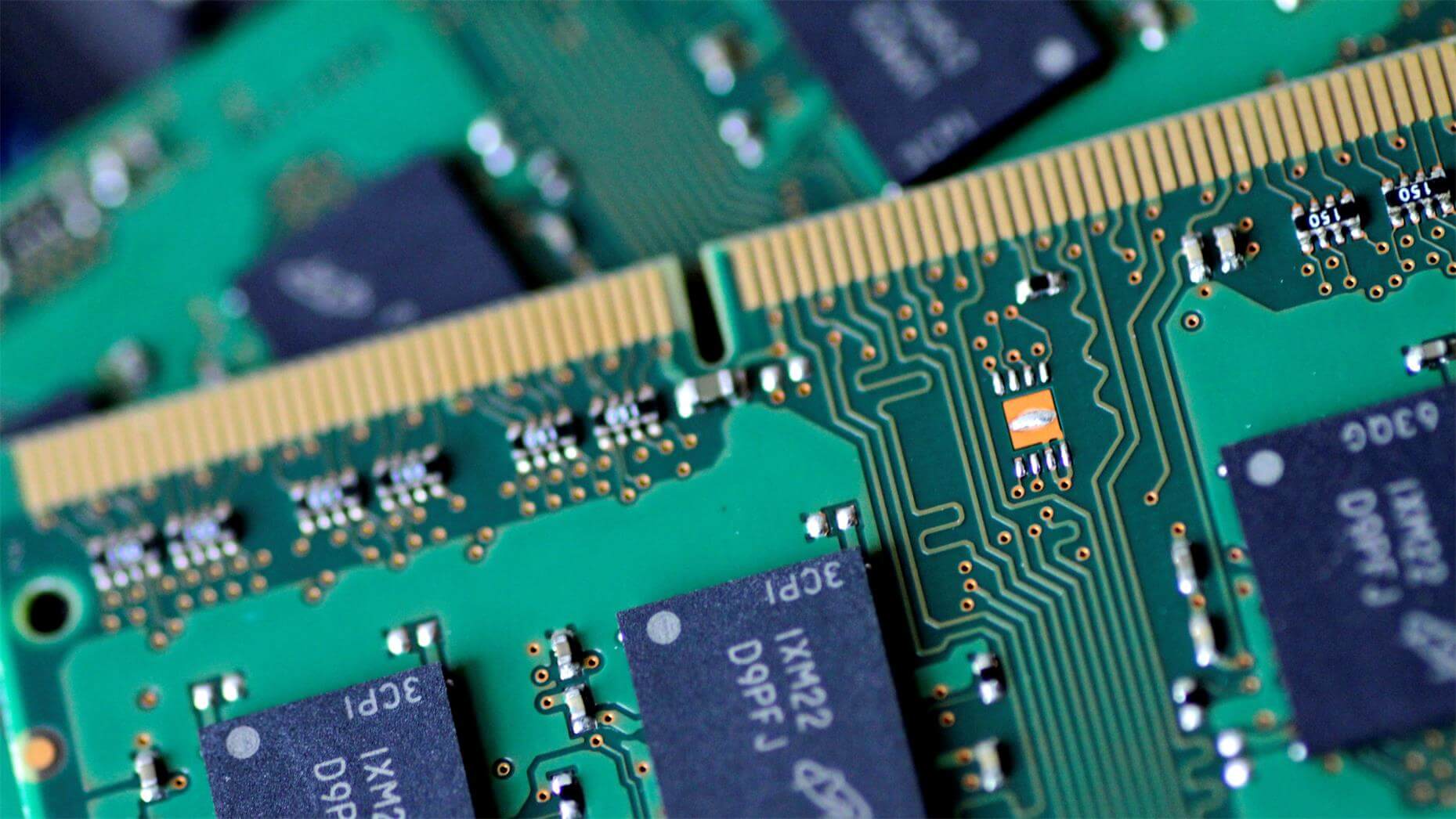

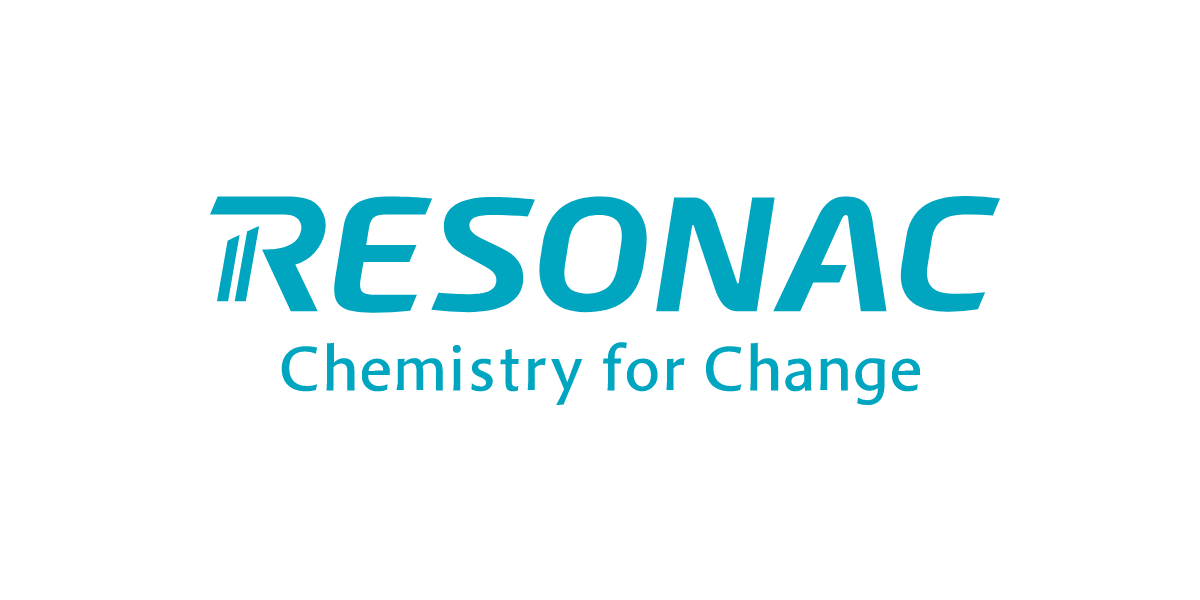
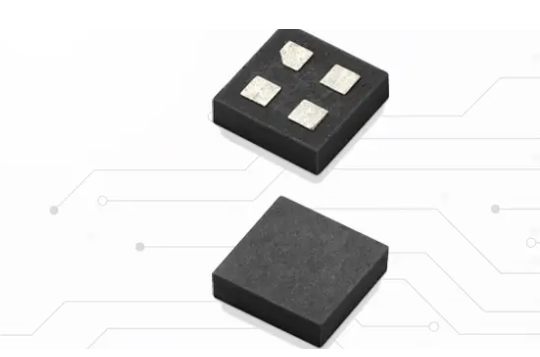

All Comments (0)